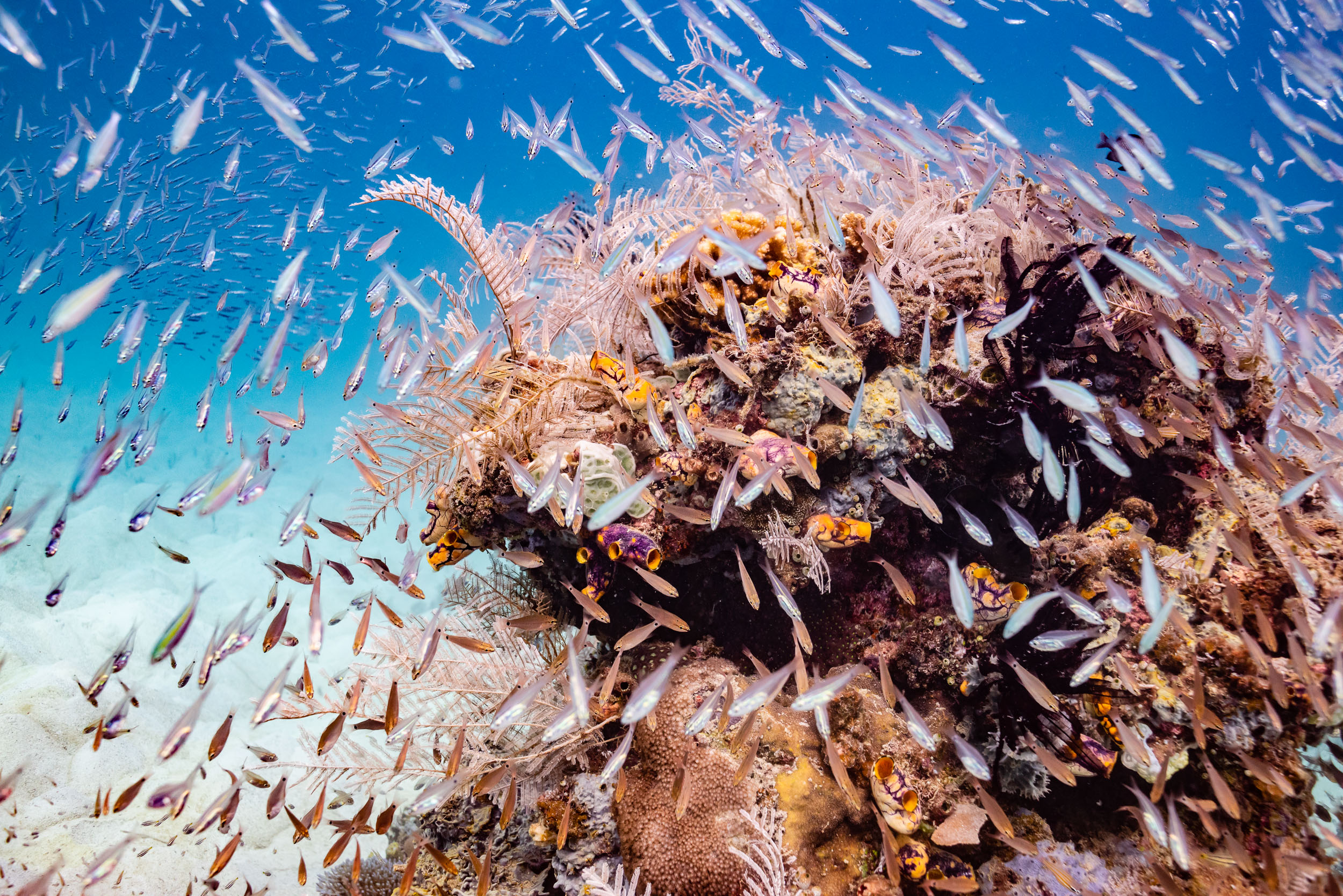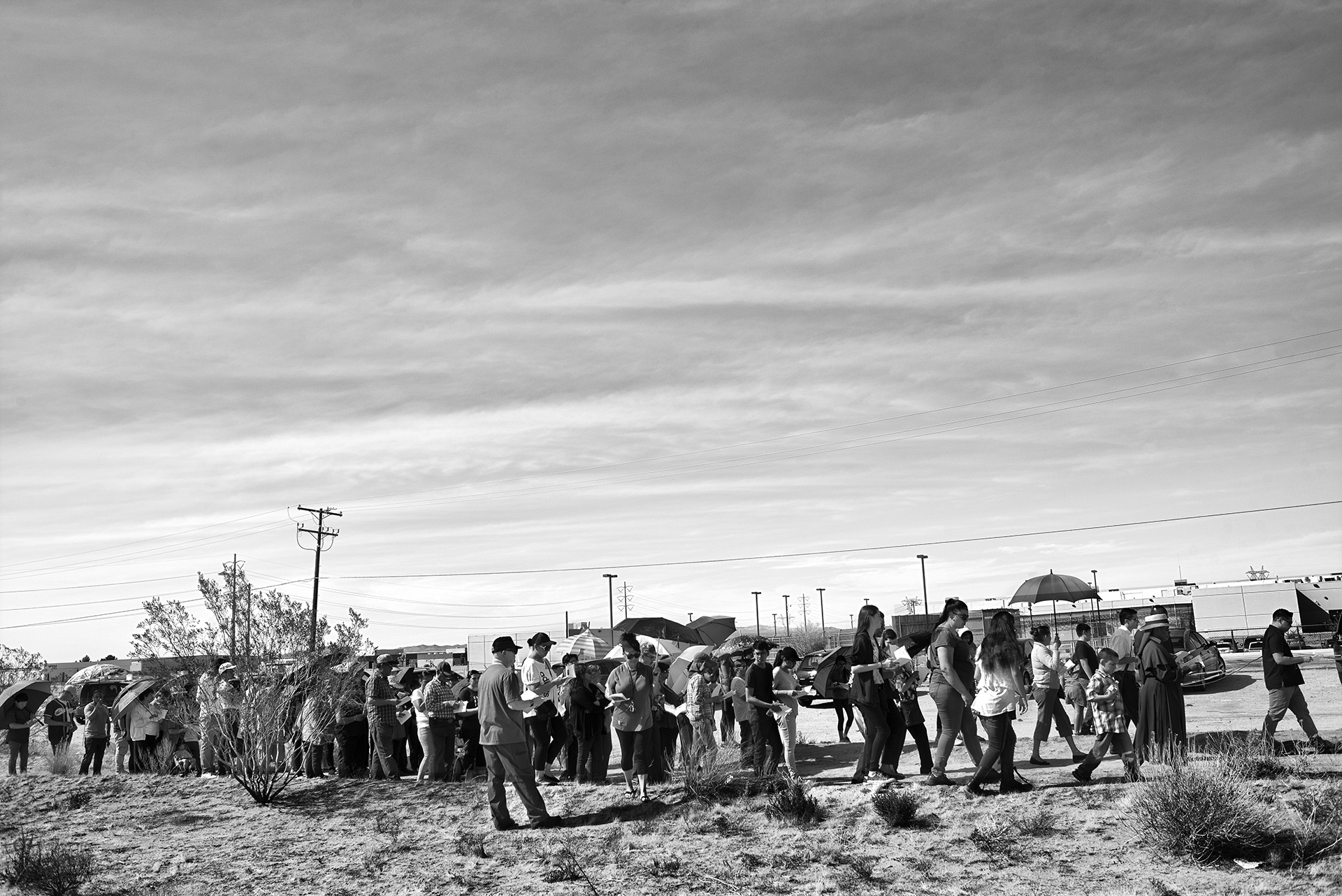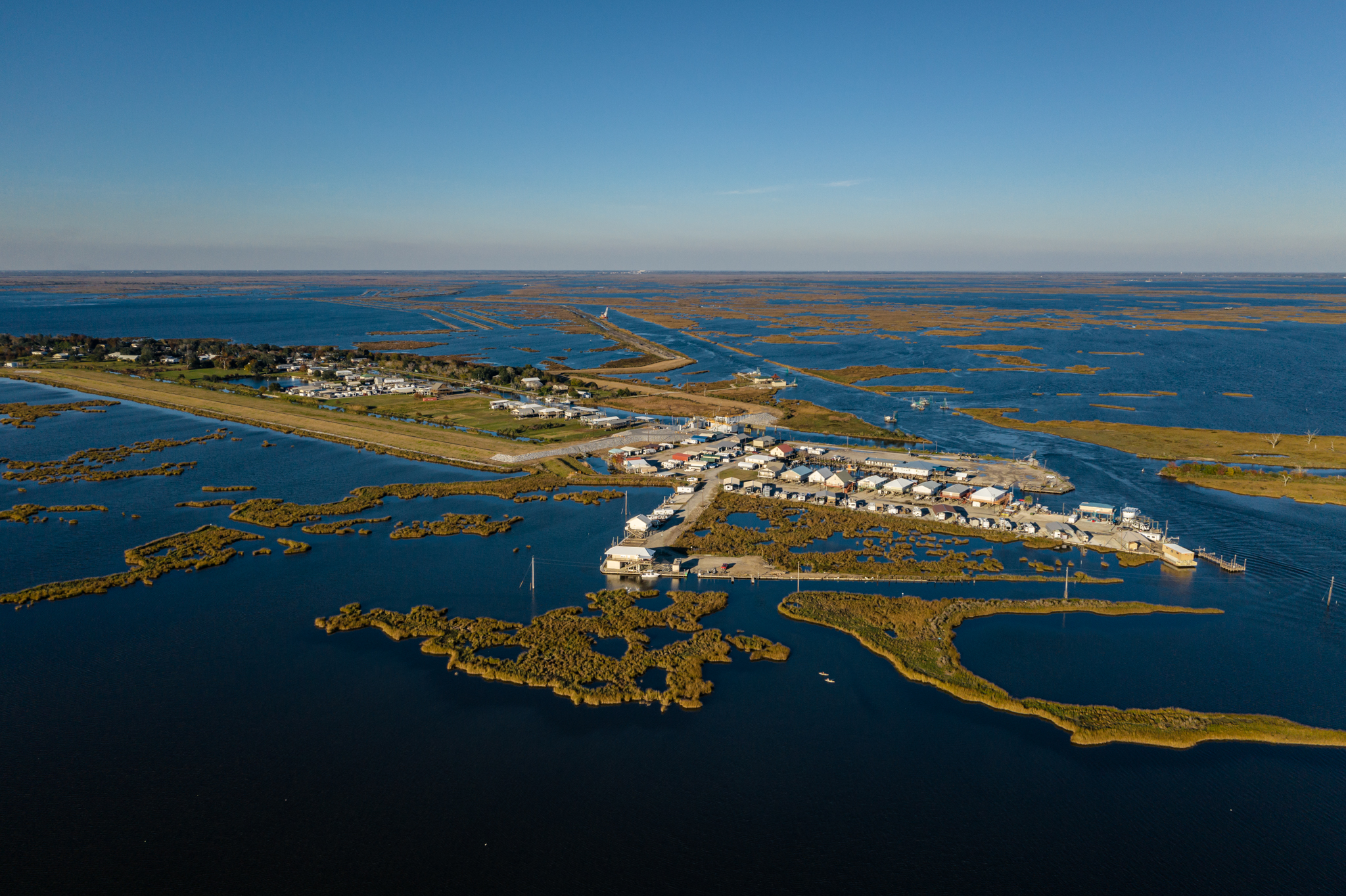About Us
Blue Earth believes documentary photography can inspire positive change.

Our Mission
We support visual storytelling on critical environmental and social issues through direct assistance to photographers and a collaborative community of professionals.
Blue Earth believes documentary photography can inspire positive change. We support visual storytelling on critical environmental and social issues through direct assistance to photographers and a collaborative community of professionals. The link between compelling documentary photography and our collective motivation to change attitudes, behavior, even policies – is strong. Eddie Adams’s Pulitzer Prize–winning photograph of a Vietcong execution in Saigon forever changed how the world viewed the Vietnam War. Brazilian photojournalist Sebastião Salgado’s images of the impoverished portray human life with fresh dignity and compassion. Maintaining this link is central to the mission of Blue Earth. Through our support of Photography that Makes a Difference, Blue Earth has helped raise almost a million dollars for important issues often overlooked by traditional media—The Arctic. Global warming. The loss of open space in Los Angeles. Racism suffered by farmers. Disappearing traditions of New England fishermen. The role of grandmothers in AIDS-ravaged Africa. Our sponsored projects have been at the forefront of issues affecting contemporary society—John Trotter’s No Agua, No Vida investigates the Southwest’s limited water resources; Perry Dilbeck’s Truck Farmers: The Last Harvest chronicles the loss of independent farming; and Florian Schultz’s Yellowstone to Yukon promotes the unification of animal migration routes and habitats across international borders. We work closely with our selected photographers to offer resources and support including:
- Non-profit, fiscal sponsorship for fundraising
- Grant-writing consultation
- Marketing and PR expertise
- Contacts for publishers, galleries and museums
- Technical resources like Shooting From the Heart, a Blue Earth-published instructional book for personal projects
- Experienced Board of Directors to answer questions and provide guidance
Our projects are featured in books such as The Living Wild by Art Wolfe, Arctic National Wildlife Refuge by Subhankar Banerjee, and Life on Earth: A Journey Through Time by Frans Lanting. The organization has seen more than a dozen books published, including titles by Blue Earth co-founders Natalie Fobes and Phil Borges. [Above image credit: Katherine Jack]

Our History
Photographers Natalie Fobes and Phil Borges founded Blue Earth in 1996 with the hope that their experiences in photographing and publishing documentary projects could help other photographers bring their passions to a larger audience. Here is our history, in Natalie’s words: “Phil Borges and I sat down for lunch shortly after our first books had been published. Our personal projects had taken years to complete and we were both riding a wave of euphoria. We talked about the dream we both had of turning our books into traveling museum exhibits. We talked about the expense of exhibits; our vain attempts at finding sponsors. And we complained about how frustrating it was to be turned down for funding by corporations, foundations, and individuals. The reason given was the same: neither of us had not-for-profit status. I looked at Phil. He looked at me. I said, “Do you suppose we could form…” “A non-profit corporation,” he said. We knew if we were having this problem, other photographers were, too. Increasingly, magazines and book publishers are reluctant to pay for photographers to shoot these stories. We felt our non-profit could at least give photographers another tool for funding. We asked attorney and fine art photographer Malcolm Edwards for his advice. After who-knows-how many hours of donated time, Malcolm made our dream a reality. And thus was born the Blue Earth Alliance. I’m often asked how we came up with our name. I had been raised in Iowa. Nearby in Minnesota was a county called Blue Earth where the fertile soil is so black it often appears blue. It seemed fitting somehow. We were creating a non-profit that would hopefully be the fertile field for ideas. When I suggested the name to Phil, he recalled photographs of the blue earth as seen from space. He said those images had convinced him that the Earth was fragile and had to be protected. So our name represents those two concepts: a fertile place for photographers to grow their projects about our fragile earth and the many unique cultures that inhabit it.” [Above image credit: Greg Constantine. Below image credit: Michael Snyder]

Our Board
Blue Earth board members are selected for their diverse expertise and commitment to furthering the mission of Blue Earth.